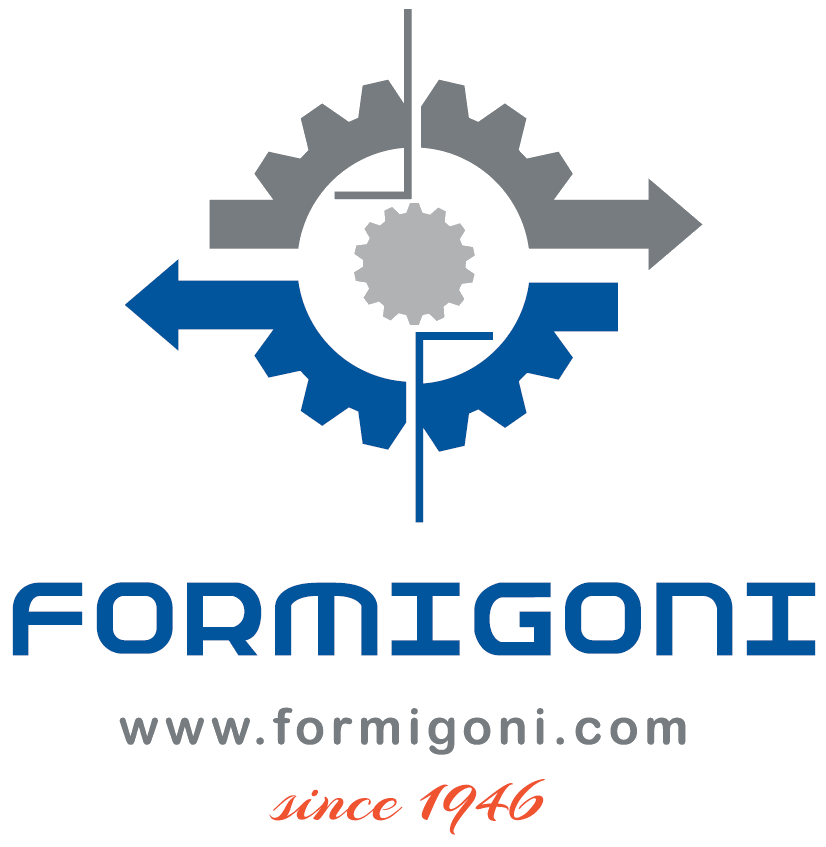
DEC.CTO™
Catalytic Thermal Oxidizers
DEC IMPIANTI S.p.A. is a private corporation, focused on engineering and supply of turn key sustainable industrial VOC and HAP emission control systems for the flexible packaging, chemical, petrochemical and pharmaceutical industries. Backed with 75+ years of global experience, thanks to products of the highest quality, patented and/or innovative processes, with thousands of systems in operation, we are facing the global challenges, focusing on innovative sustainable technologies and research.
Whenever you have to face a non-recoverable stream of VOCs, a XTO™ • thermal oxidizer could be the solution. Sometimes the VOC stream composition may result too complex to be recovered or the quantity of solvents is not interesting to go for a SRU™ • solvent recovery units.

DEC.CTO™ • catalytic thermal oxidizers
DEC.CTO™ (Catalytic Thermal Oxidizers) refers to a specific configuration of a thermal oxidizer system (XTO™): in a CTO, we apply a combination of high temperatures and catalytic materials to achieve pollutant oxidation and conversion into less harmful byproducts. The catalyst is a material that speeds up the reaction without being consumed itself; common catalysts used in catalytic oxidizers include platinum, palladium, and rhodium.
The basic operation of a catalytic thermal oxidizer involves three main steps:

DEC.CTO™ • oxidation reaction
The oxidation reaction is:
VOCs (CxHyOz) + O2 + thermal energy = CO2 + H2O + (HEAT)
The heat is usually recovered to pre-heat the SLA stream, in order to save on "thermal energy" (provided through gas CH4 - methane); if producing extra heat through oxidation of solvents, an energy recovery system shall be foreseen (typical applications are ranging from heating up air for dryers, steam production, heat tranfer fluid heating, water heating - industrial or sanitary, etc.).
DEC.CTO™ • pros and cons
The advantages of catalytic thermal oxidizers include:
It is important to note that the catalyst material in a catalytic thermal oxidizer may require periodic maintenance or replacement due to catalyst deactivation or degradation. Catalysts can also be susceptible to poisoning: this occurs when a substance in the gas stream binds to the catalyst and prevents it from functioning properly.
When a catalyst is poisoned, it can lead to a number of problems, including:
The first step is to identify the source of the poisoning: this can be done by analyzing the gas stream for potential poisons and once the source of the poisoning has been identified, it can be eliminated. In some cases, it may be necessary to replace the poisoned catalyst, leading to costly repairs and downtime.
thermal oxidation | incinerators • GHG and by-products
An oxidizer is handling the transformation of the pollutant(s) into different products, with a reduced environmental impact. However, it is important to consider the resulting GHG emissions, when selecting a VOC oxidizer; the amount of GHGs generated by a thermal oxidizer depends on the type of VOCs being treated, its quantity, the needed quantity of fuel to be added for sustianing the oxidation reaction and the selected oxidizer process configuration.
VOCs (CxHyOz) + O2 + thermal energy = CO2 + H2O + (HEAT)
Any oxidizer will have to deal with all or most of the following issues:
These emissions contribute to climate change and should be taken into account when assessing the overall environmental impact of the system.
As mentioned earlier, oxidizers typically require a significant amount of energy to operate: if this energy comes from non-renewable or carbon-intensive sources, it will dramatically contribute to environmental degradation and offset any of the potential benefits of VOC emission reduction.
thermal oxidation | incinerators • greenwashing
Greenwashing will occur when a company promotes an oxidizer as an environmentally friendly or sustainable technology for VOC emissions control, while neglecting to address other significant negative aspects of its environmental impact, such as greenhouse gas (GHG) emissions and harmful by-products.
Greenwashing can happen when a company portrays an oxidizer as a comprehensive and eco-friendly solution to VOC emissions, creating the perception that it is a sustainable option without considering the complete environmental picture. While oxidizers can help reduce VOC emissions, they can have negative consequences that should not be overlooked.
To avoid greenwashing, companies shall provide transparent and comprehensive information about the environmental impact of their VOC emission control systems: this includes addressing greenhouse gas (GHG) emissions, harmful by-products, and the energy efficiency of the system. By doing so, companies can ensure that consumers have an accurate understanding of the technology's environmental implications and make informed decisions.

